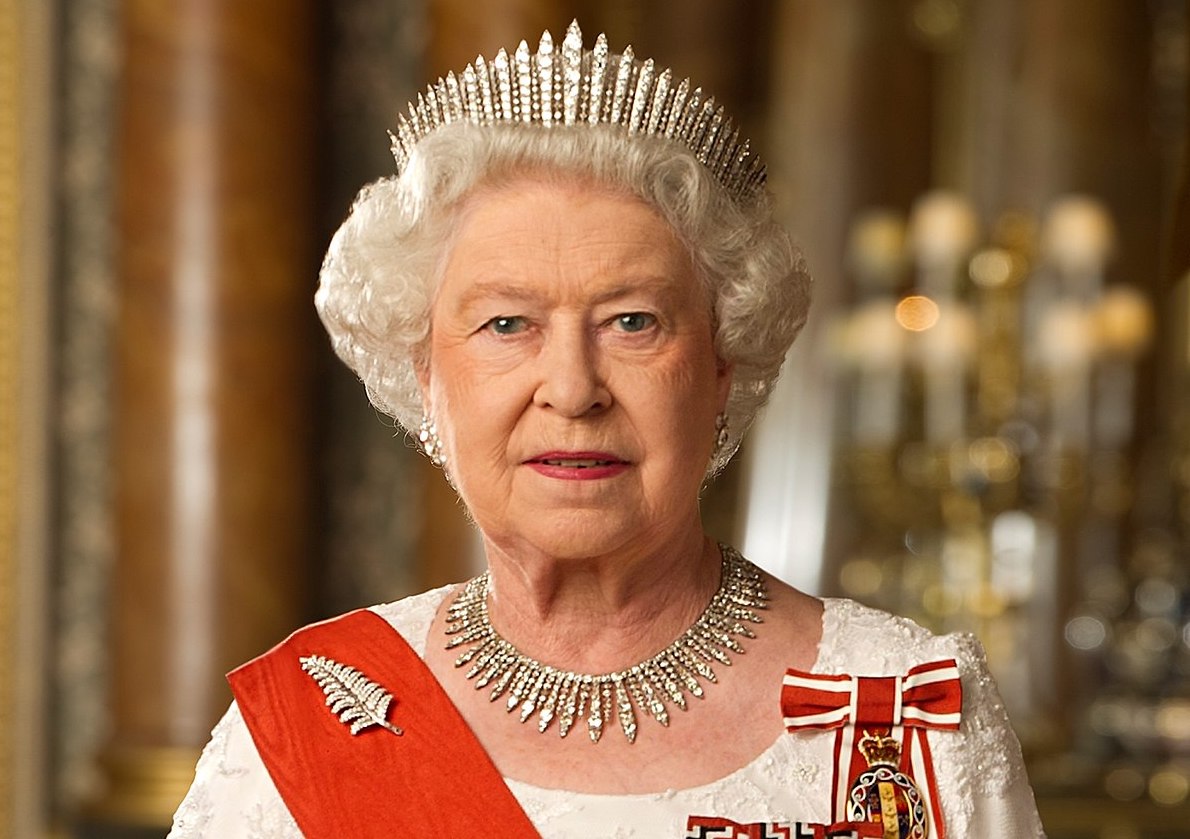As any number of the modern political “pathologies” that so mystify our ruling classes, from Brexit to Trump and the EU’s slow-burn implosion, testify, liberalism is out of puff. Everywhere, the political, economic, and cultural establishments that have determined our societies direction for the past two generations are on the nose.
Except, that is, the Establishment.
Login to read more
Sign in or create a free account to access Subscriber-only content.
Topics:
